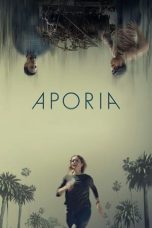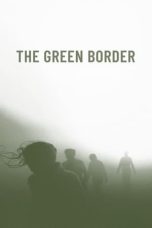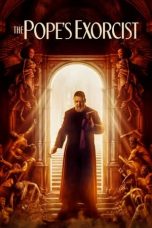When a group of Urban Explores get the chance of a lifetime to explore one of the world’s most haunted asylums, they encounter something truly evil, that will not let them leave and will push them to the edge of sanity. Night Explorers: The Asylum (2023)



















